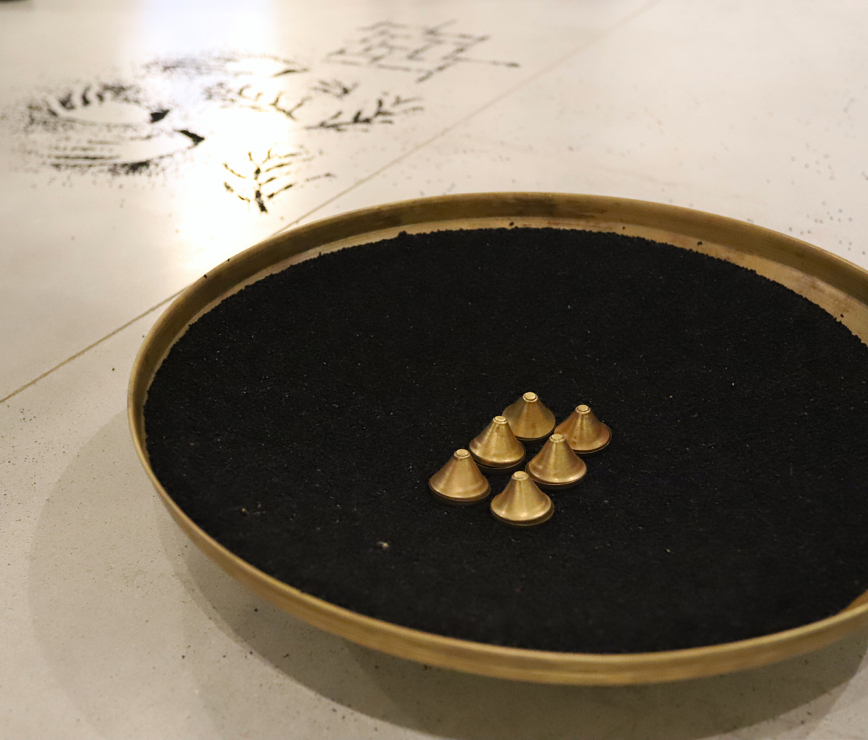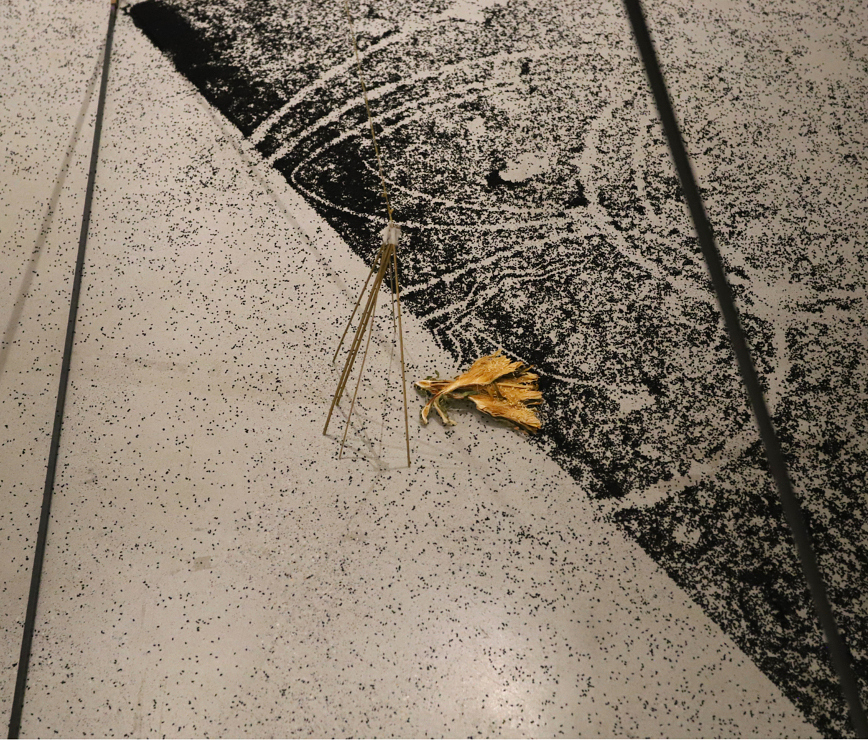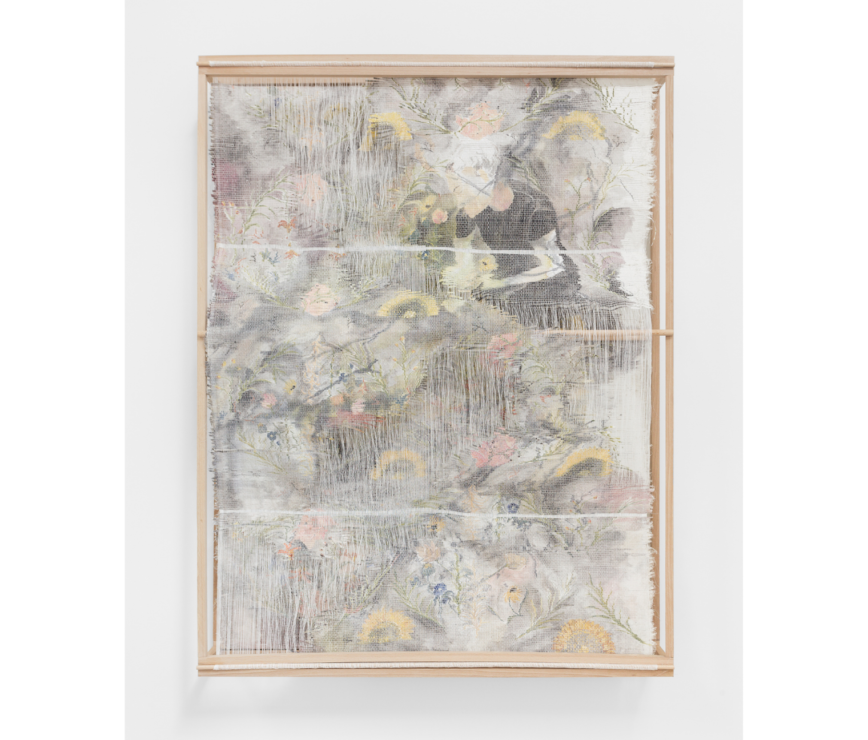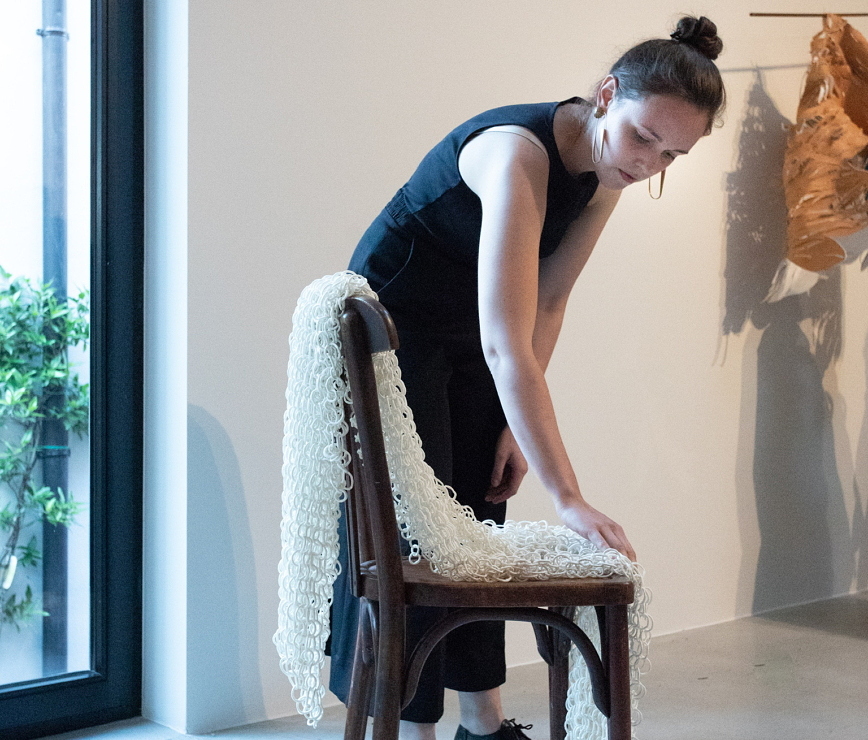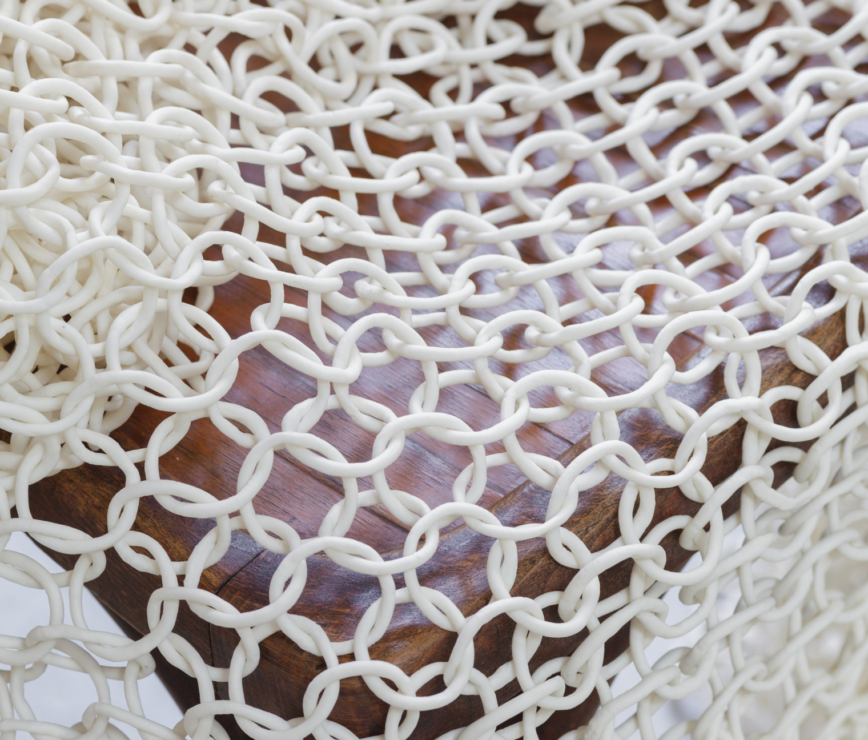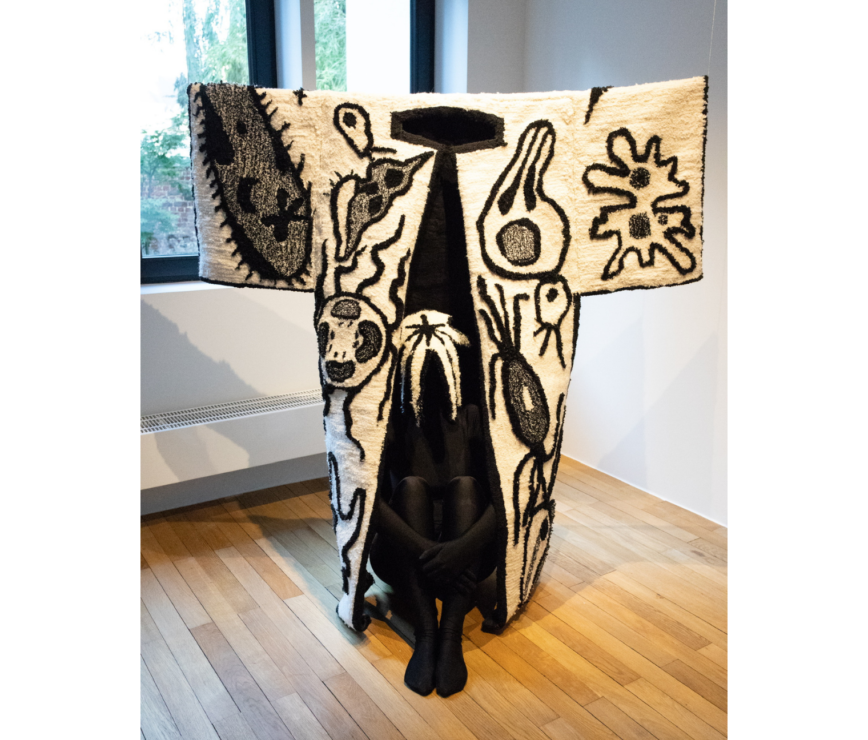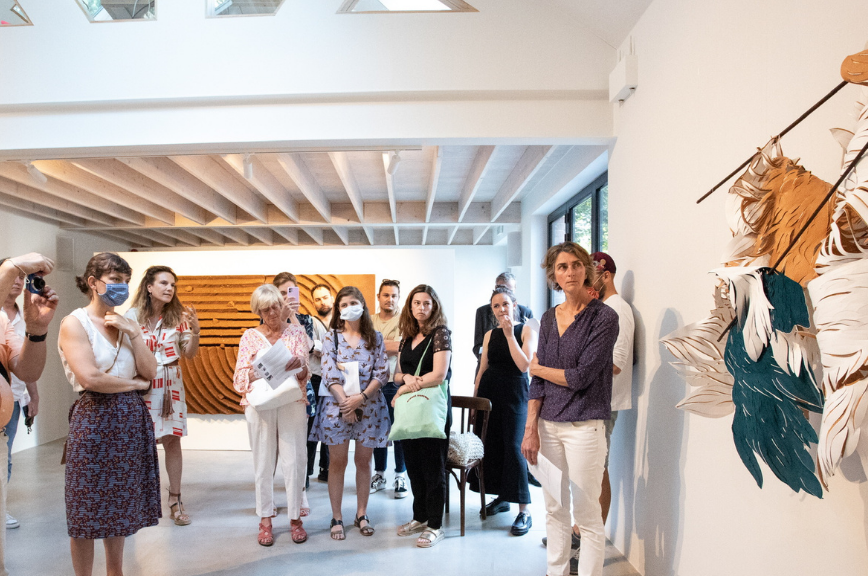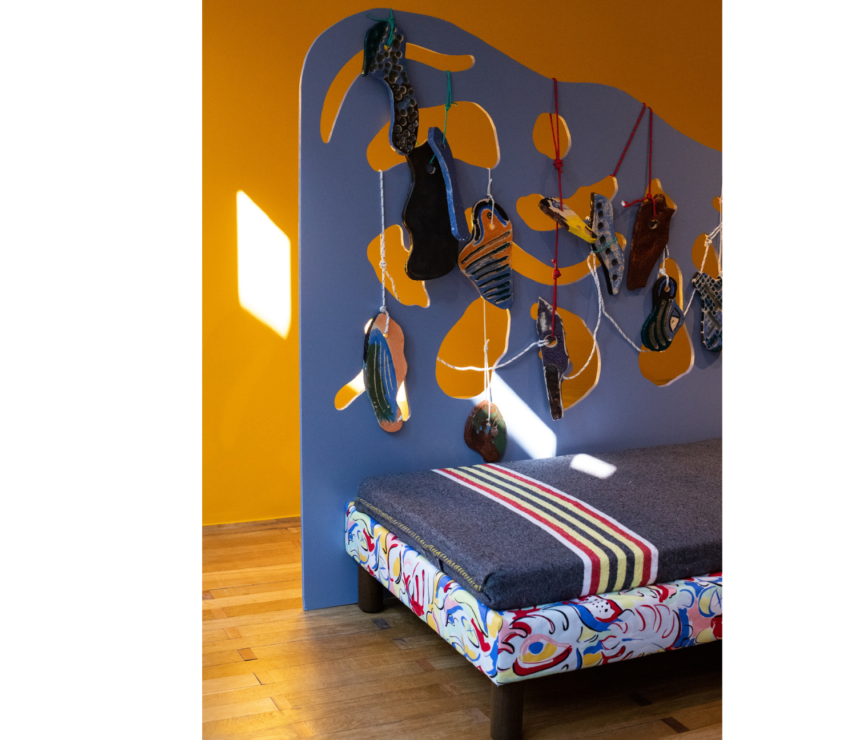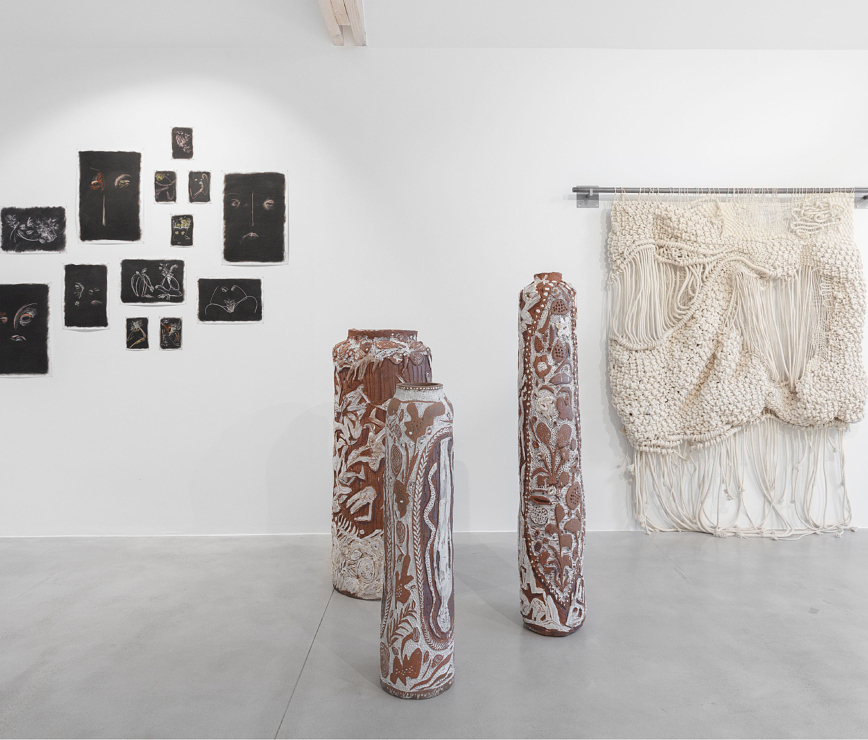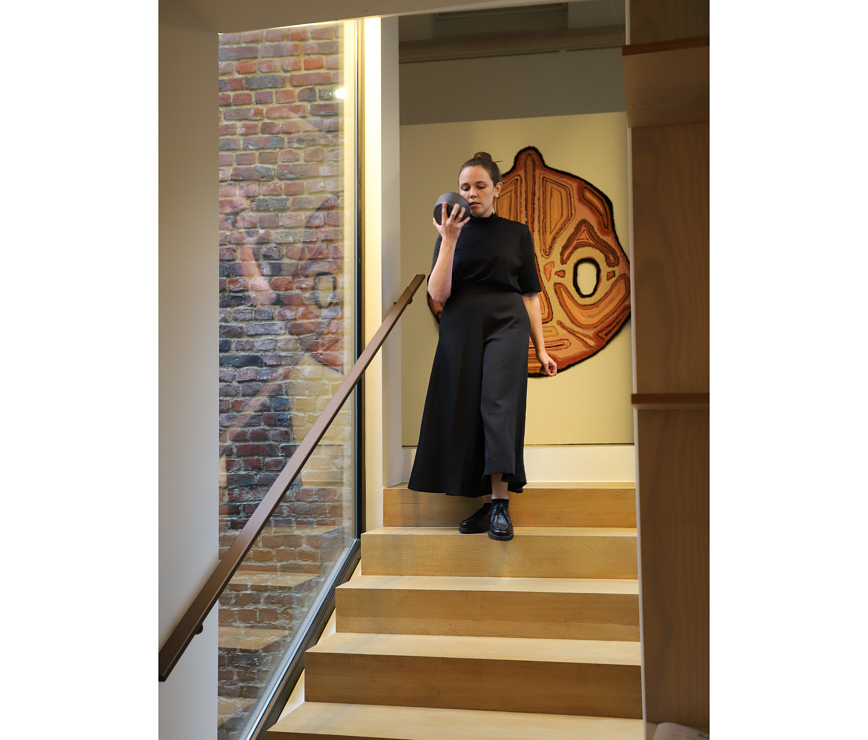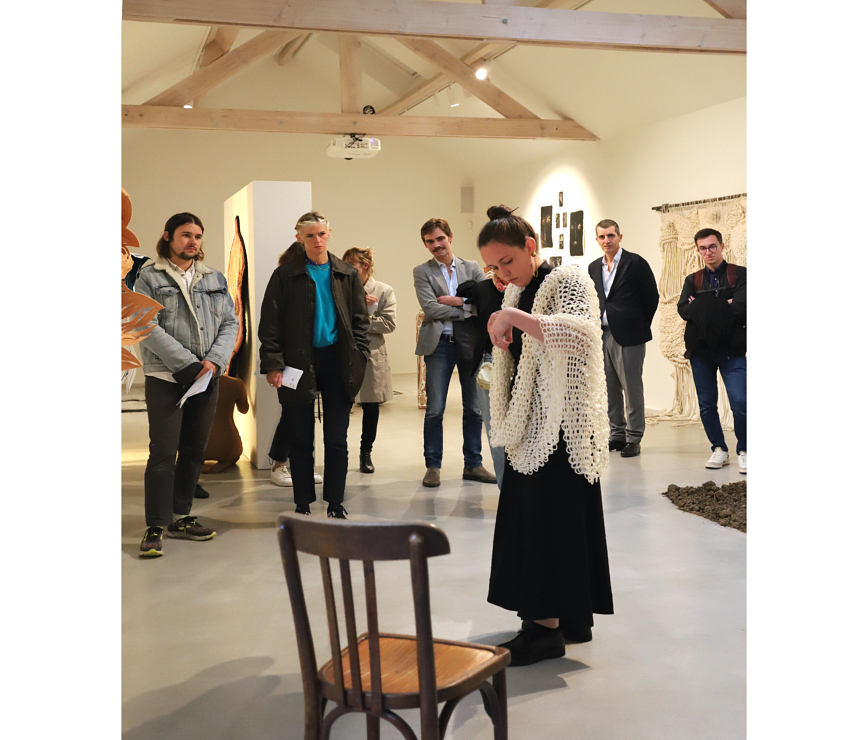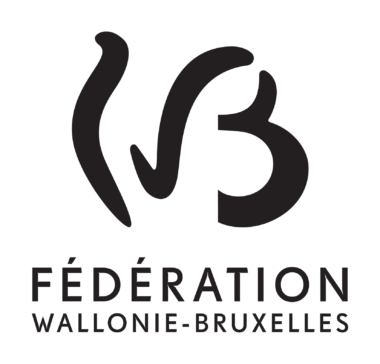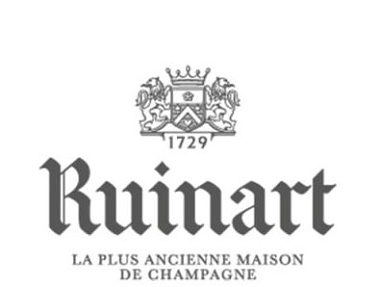As part of the group exhibition The Sowers, the Foundation invites you to a performances programming and a commented tour for free every first Saturday of the month.
Julie MONOT
Julie Monot is a graduate of the HEAD in Geneva and the ECAL in Lausanne, she is interested in the ritualistic potential of sculpture and its relationship to performance and theater. She often draws inspiration from popular myths and figures, without chronological hierarchy, in order to let emerge what could be understood as a universal narrative. When she was young Monot was told that the carpet she liked to lie on was actually a breeding ground for microscopic creatures of all kinds. Like many kids, this arguably was her first encounter with the idea of invisible life. This memory led her to look into single celled organisms, and she became interested in how the evolution of unicellular life marked a crucial turn in the evolution of life on Earth. Before it was Water is a hand tufted kimono with motifs inspired on various types of single cell organisms. Folded on a metal bar hanging from the ceiling, the work is worn over the course of the exhibition by a performer. This short incarnation, like in many other of Monot’s works, bridges her work with sculpture to a more performative and time- based practice. Kimonos are interesting garments for the artist insofar as they provide vast surfaces whose shape remains unchanged, regardless of the body shape, the age and the gender of the person who is wearing it.
Elise PEROI
Coming from the field of art crafts, Elise Peroi is nourished by the importance of the gesture that accompanies the making of a work, and allows a shifting boundary between finished/infinite to emerge in the process of creation. To some of her works, Élise Peroi associates thin, geometric steel structures that seem to project the contours of the weavings into space and act as an interweaving of lines of force.
The relationship to space and habitat is paramount in her work, which draws on Michel Foucault’s reflections on “heterotopias”: “The garden is a carpet where the whole world comes to accomplish its symbolic perfection, and the carpet is a garden that moves through space.”
Since the beginning of time, gardens have operated as sacred spaces. The spirituality of Persian gardens merges with the beauty and simplicity of Japanese Zen gardens, which in a miniature way tried to reproduce natureʼs essence and grandeur. Between installation and performance, the space takes on the appearance of a visual construction that evolves and refers to different languages of the image.
Léna BABINET
Léna Babinet is a young French ceramic artist. After studying animation cinema, she joined the ceramics department at the school of La Cambre in Belgium (Master 2). She completes this curriculum with a training in jewelry, in Sweden. She links technical and technological dimensions to her sensitive and poetic work to question the imprint, the trace, the memory, the inheritance, the transmission.
“To find a trace is sometimes to rub up against a dead memory. I can perceive now that memory, memory, imprint, that “what remains” is the thing that preoccupies me, questions me and guides my projects. To search the inherited history. To gather the pieces, to sew them together. To remember what it takes and forget what it will take.”
Après résonance is a performance that explores the relationship between the old and the future, the very archaic and the digital imaginary. It began with an encounter with acoustic pots: clay vessels sealed into the ceilings of medieval churches, supposedly used to enhance or alter the voice of the preacher or singers during rituals. Where ceramics hold the ability to hold stories, the acoustic pots carry within them the echo of voices from the past. In this performance, the objects are used as resonant bodies, tools to transform and amplify the voice.
PROGRAMMING
Saturday 6 November 4 pm to 6:30 pm
Léna Babinet, Ce qui reste + Après résonance
Julie Monot, Before It Was Water
Elise Peroi, Seuil
Commented tour at 5 pm
Practical information
Exhibition from September 9 to 5 December 2021
From Wednesday to Sunday, 2pm to 6pm and by appointment
Prices and information: here
The exhibition is free entrance every first week-end of the month




